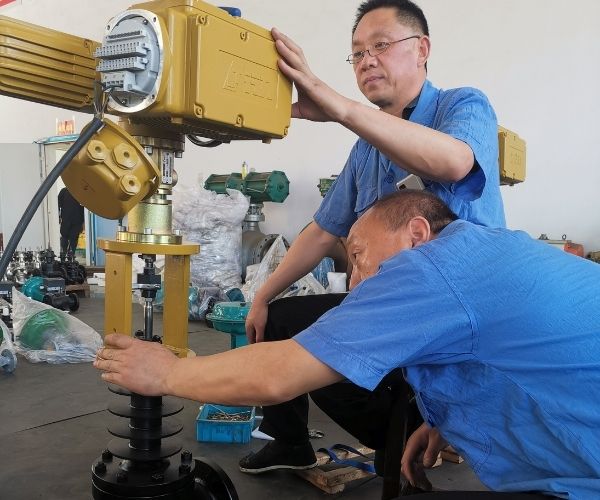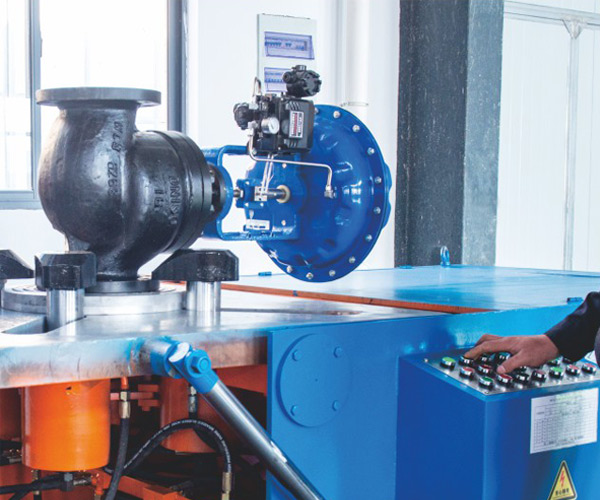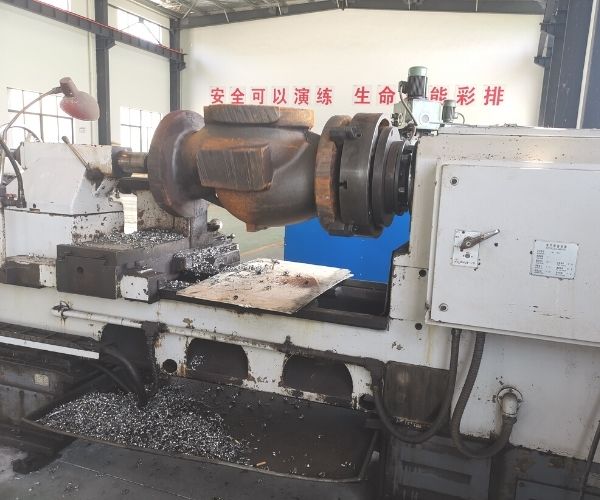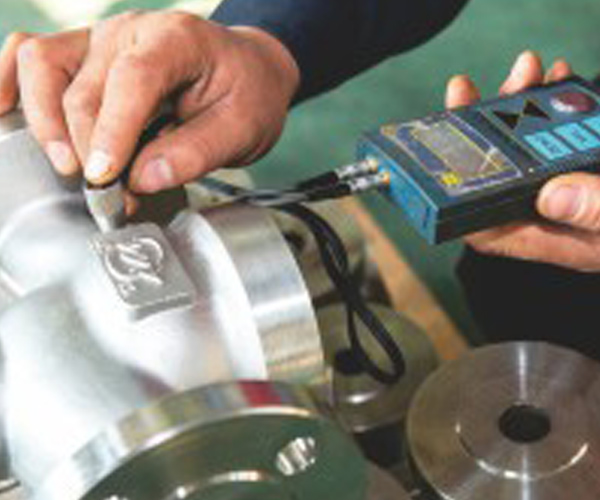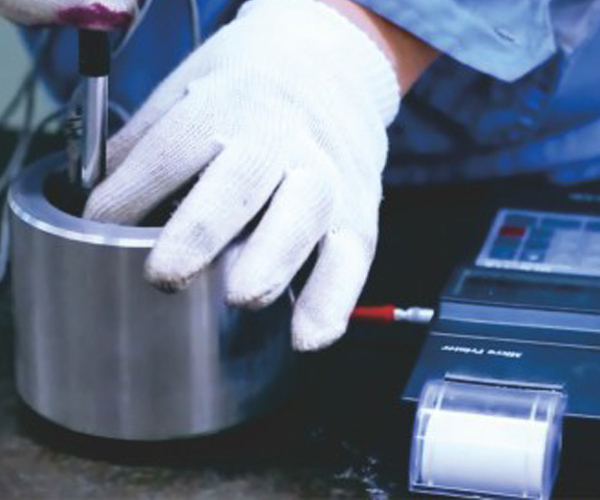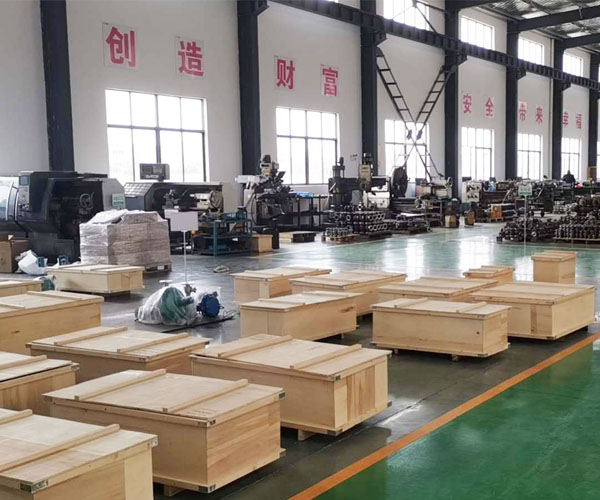Professional Waste Water Valve Manufacturer
§ Prevents leaks and spills
§ Corrosion resistance
§ Longevity and durability
§ Reduces maintenance requirements
§ Versatility in handling different wastewater types
§ Ease of installation and operation
§ Contributes to overall wastewater treatment efficiency.
Get in Touch with Us
BCST your Expert Waste Water Valve Supplier in China
Wastewater valves are fundamental components used in wastewater treatment and management systems. These specialized valves are designed to control the flow, pressure, and direction of wastewater throughout the treatment process. By ensuring efficient operation, preventing leaks, and maintaining environmental safety, wastewater valves are critical in effectively managing wastewater, contributing to cleaner and more sustainable water practices.
BCST your One-Stop Waste Water Valve Solution in China
BCST wastewater valves offer numerous advantages for efficient and sustainable wastewater management. They provide precise flow control and pressure regulation, optimizing treatment processes and leading to cost savings. These valves play a vital role in environmental stewardship by preventing leaks and ensuring the safe containment of wastewater, contributing to cleaner water sources and a greener future. With their durability and corrosion resistance, wastewater valves offer reliable performance, reducing maintenance costs and downtime.
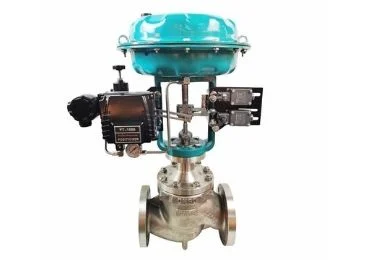
Pneumatic Control Valve
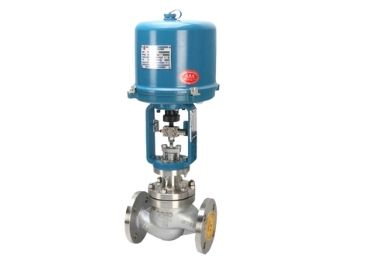
Electric Control Valve
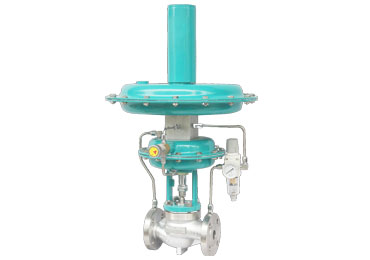
Self Regulating Control Valve
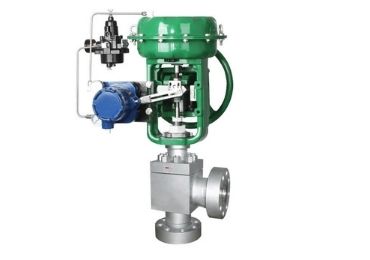
Angle Control valve
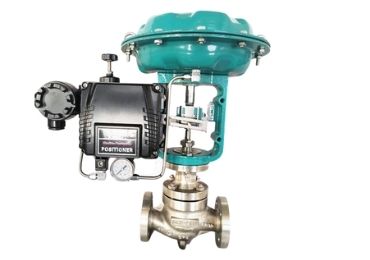
Globe Control Valve
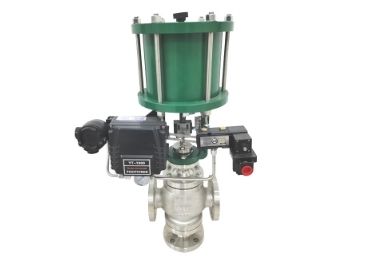
Linear Control Valve
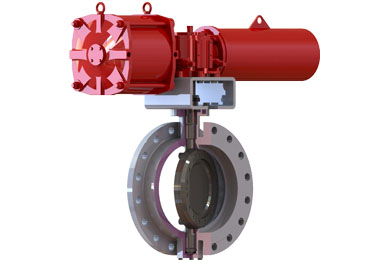
Butterfly Control Valve
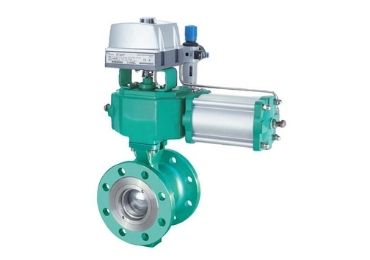
Segmented Ball Control Valve
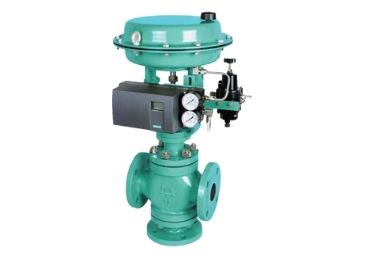
Three Way Control Valve
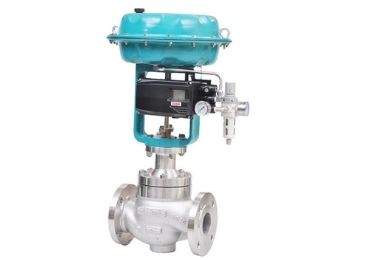
Two Way Control Valve
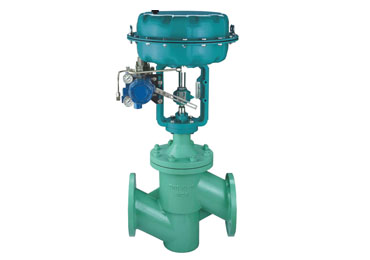
PTFE Lined Control Valve
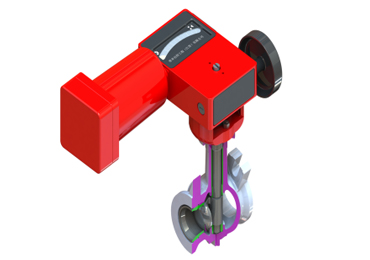
Rotary Control Valve
BCST your BEST Waste Water Valve Supplier
BCST offers an extensive range of high-quality wastewater valves, including gate valves, ball valves, butterfly valves, and more, catering to various sizes and materials. Their valves are designed for durability and corrosion resistance, ensuring reliable performance in demanding wastewater conditions. With precise flow control, BCST valves optimize treatment processes, saving costs and reducing energy consumption. Demonstrating environmental responsibility, BCST valves prevent leaks and contribute to cleaner water sources. They provide tailored solutions to match specific operational needs, ensuring seamless integration with quick installation. BCST valves meet regulatory standards, and their future-ready technology keeps clients ahead of advancements. With global reach and exceptional customer support, BCST is the dedicated partner for wastewater valve solutions worldwide.
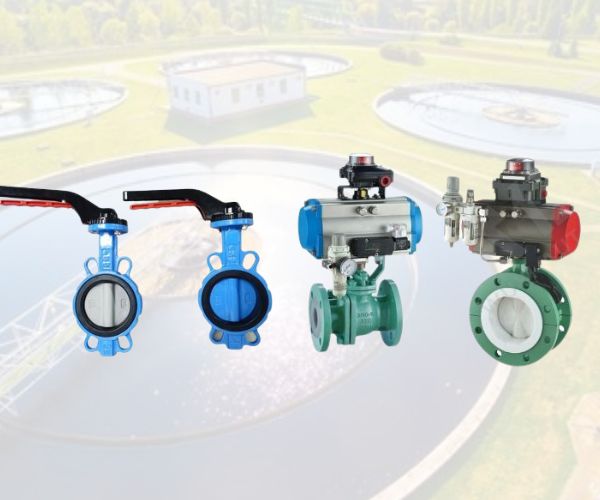
BCST Waste Water Valve Quality Control
- Technical software caculation
- Technical team meeting
- CAD drawing confirmation
Assembly
- Installation
- Calibration
- Chemical Analysis
- Mechanical Propery
- dimension Checks
- Visual Checks
- Non-destruction Examination
Hydrostatic Test
- Shell test
- Sealing test
- Leakage test
- Air test
- Function test
- CNC machining
- Visual checks
- Dimensional checks
- Liquid penetration test
Outlook Treatment
- Surface Polish
- Painting
- Visual inspection
- Thickness checks
- Visual checks
- Liquid penetration
- Test
- Hardness test
- Lapping
- Dimensional checks
Packing
- Marking
- Exported wooden box
Get the Latest Catalogue Now!
BCST Waste Water Valve Application
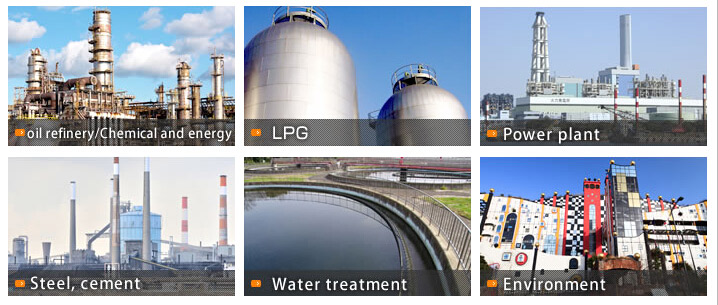
Waste Water Valve -FAQ
WHAT ARE THE VALVES USED IN THE WASTEWATER TREATMENT INDUSTRY?
Access to clean and safe water is vital for the survival of human civilization. Due to the current climate crisis, sustainable water management has become more crucial than ever.
Wastewater treatment describes the processes used for treating wastewater produced by industries as an undesirable by-product. Therefore, wastewater treatment facilities play a significant role in these critical systems. After treatment, the treated industrial wastewater may be reused or released into a sanitary sewer or surface water. Most industrial processes, such as petroleum refineries and chemical and petrochemical plants, have specialized facilities to treat their wastewaters so that the pollutant concentrations in the treated wastewater comply with the regulations regarding the disposal of wastewaters into sewers or rivers, lakes, or oceans.
Recent trends have been to minimize this production or recycle treated wastewater back into the production process. In addition, some industries re-design their manufacturing processes to reduce or eliminate pollutants. Industrial wastewater sources include battery manufacturing, chemical manufacturing, power plants, the food industry, iron and steel, metallurgy, mining and quarrying, nuclear industry, oil, and gas extraction, oil refining and petrochemicals, pharmaceutical manufacturing, pulp, and paper industry, foundries, textile mills, industrial oil contamination, water treatment, and wood preservation.
Regarding wastewater piping systems, wastewater valves play an integral role and do a lot of work. A wastewater treatment valve is an element that controls the flow and pressure of fluids such as liquids and gases.
WASTEWATER TREATMENT VALVES
Sewage treatment plant valves should be selected to operate safely, efficiently, and consistently to avoid unnecessary maintenance. Also, selection should focus on accuracy, repeatability, and feedback requirements. The different types of sewage valves range from simple to complex.
Commonly used wastewater treatment valves include ball valves, butterfly valves, gate valves, check valves, globe valves, and plug valves.
BALL VALVES
Ball valves are quarter-turn valves that use rotating ported spheres inside the pipe to block and allow the flow of fluids into a ball containing a hole. With the valve open, the ball allows the fluid to pass. A ball valve controls pressure and flow. They stop the fluid flow from a compressed air line to a high-pressure hydraulic system. Only a 90-degree rotation is required to close or open the valve. You will often find them in producing and storing chemicals in the petroleum and natural gas industries.
ADVANTAGES
- HIGH EFFICIENCY. Due to the size of the opening in the ball, ball valves are considered high recovery valves because they have low-pressure drop and high flow capacity. There is little turbulence or resistance to fluid flow when the valve is fully open. PRACTICAL USE. As a result of their simple quarter-turn (90-degree) operation, ball valves are efficient and timely to use. The valve is relatively lightweight and small, so it is easy to install and remove.
- LOW MAINTENANCE. Compared to other types of valves, ball valves are simple and require less maintenance. Because the ball valve stem rotates without axial movement, the packing seal on the valve stem does not quickly wear or fail. Ball valves are easy to disassemble and repair, and worn parts can be easily replaced.
- ECONOMIC. The cost of ball valves is affordable compared to more complex types of valves. Also, as they have low maintenance needs, they’re cheaper to maintain.
- ROBUST. Ball valves are among the most robust types due to their ability to withstand high pressures. Their wide range of materials enables them to be used in various environments across various industries.
LIMITATIONS
- PRONE TO BLOCKAGES. They are not suitable for suspended applications. Slurries or other thick liquids tend to solidify or clog inside the valve cavities, causing a significant increase in operating torque and, in some cases, rendering the valve inoperative.
- STRUGGLE WITH LONG-TERM THROTTLING. Ball valves should only be used in a fully open or closed position, not for long-term throttling. As well as having limited accuracy in controlling the flow rate, operating in a partially open position for long periods can cause the soft valve seats to buckle around the edge of the hole in the ball, causing it to stick in that position. Modern design ball valves are available with a unique “V” port-shaped ball that can provide precise flow control characteristics.
BUTTERFLY VALVES
Butterfly valves have a circular disc mounted on a shaft in the center of the valve. They are typically used in wastewater treatment for air supply systems. Butterfly valves are an economical alternative to more significant (and 200mm) valves due to their compact design and lighter mass than other valves. Furthermore, they have a relatively high flow coefficient (Cv) and standard face-to-face dimensions and can be produced using chemical-resistant materials. In general, sizes available for butterfly valves range from 50 mm to 1200 mm. The butterfly valve is considered a high recovery valve since only the disc impedes the valve flow path. As a result, the Cv is comparatively high, and the pressure drop across the valve is relatively low. These valves are typically not rated as bubble-tight, although some high-performance butterfly valves may meet ASME leakage ratings.
ADVANTAGES
- An in-built simple and affordable design that comprises of lesser parts which make it maintenance friendly and convenient to repair.
- Its wafer-form lightweight body makes it budget-friendly as far as the initial price of the valve and installation cost with regard to in-person hours and piping need is concerned.
- It can transfer mud, with a negligible fluid deposit in the pipeline outlet.
- They achieve good sealing at low pressure and open and shut easily.
- Its disc is light-weight when compared to a ball.
- Butterfly valve needs a much less structural assistance than a ball valve of same diameter needs.
LIMITATIONS
- A certain part of the disc always faces the flow, even when completely opened. The operation of a butterfly valve thus always leads to a pressure switch over the valve irrespective of the setting.
- It has a poor sealing function.
- Throttling by employing butterfly valves is restricted to low-pressure drop systems.
- Possible cavitation and choked flow is a worry when butterfly valves perform.
GATE VALVES
Gate valves have a wedge or disc that travels up and down to either block or allow water flow. They are mainly used for wastewater applications’ isolation (closed). The stem of a gate valve can be upward or non-upward. The increasing stem requires clearance above the valve to move up when the valve is opening. This will provide a visual indication of the open/close position if space is limited (e.g., underground applications) or in areas where safety concerns, a non-rising stem can be used. In general, gate valves are less expensive than smaller size valves (<300 mm). However, larger valves can be expensive and require adequate valve space.
ADVANTAGES
- LOW FLUID RESISTANCE. The valve body has a straight shape that does not change the flow direction, allowing the fluid to pass through the valve (when in the fully open position) with minimal resistance compared to other valves.
The gate valve’s opening and closing mechanisms are faster and more convenient than the shutoff valve.
- WIDE APPLICATION RANGE. Gate valves are incredibly versatile and can be used with mediums like steam, oil, and other media. Plus, gate valves can be used in mediums containing granular solids and high viscosity. It can also be used as venting and low vacuum system valve.
- BIDIRECTIONAL. Gate valves have two flow directions. They are not restricted to unidirectional flow nor subject to average flow directions. Therefore, the gate valves are suitable for use in pipelines where the flow direction may change. In addition, they are easier to install than other types of more sophisticated valves.
LIMITATIONS
- OPEN AND CLOSE SLOWLY. During the opening process, the valve plate must be lifted to the upper part of the valve chamber. The valve plate must fall into the valve seat during the closing process. The distance the valve plate must move to open or close is relatively large, leading to an extended opening and closing time. This disadvantage makes gate valves impractical for applications that require rapid actuation.
- PRONE TO SCRATCHES. The opening and closing processes of the valve seat can create excessive friction, which can cause scratches on the sealing surface. These scratches might seem innocuous, but eventually, they impact the sealing performance and the service life. This damage is not always easy to repair, but gate valves are easy to install and replace
CHECK VALVES
A check valve allows fluid to move in one direction only. A check valve comprises a double-door valve that employs two half-circle gates to control the flow. Fluid flow pressure is used to open the disc. Check valves are the best option in high-pressure situations and don’t work well for low pressure because they only allow fluid to pass in one direction. They automatically prevent backflow. If the range decreases or begins to reverse, the disc closes automatically. Check valves are self-automated, which is not a characteristic of any other type of valve. Therefore, they are ideal for using near pumps and processors, which require protection from backflow.
ADVANTAGES
- Prevent backflow.
- Able to endure high and low-pressure conditions.
- Ability can be utilized horizontally and vertically as a backup and safety system.
- Serves as a backup and safety system.
- Self-actuated and fast-acting.
- Protects pumps and compressors from damage caused by backflow.
- Reduce downtime and production losses.
- Water hammer prevention.
- Reduce sudden valve failure.
- Reduced maintenance costs.
- Few moving parts.
- Small footprint.
- Capable of dealing with variable flow conditions.
- It does not require power to operate.
LIMITATIONS
- Do not operate in pulsating systems.
- A closing element can slam closed, causing damage and wear.
- Operates in a completely closed system.
- Unable to check if they are open or closed.
- It is not possible to check the internal parts.
- Disks can get stuck in the open position.
- Noise from slamming discs.
- Water hammer.
- Reverse flow problems.
GLOBE VALVES
Globe valves are sphere-shaped. They have two halves, and these halves are separated from each other by an internal baffle. Their globe-shaped discs restrict fluid flow. Globe valves are a common type of valve capable of starting, stopping, and regulating the flow of fluids. They are much less likely to leak than other types of valves. Globe valves are best for shutting off and regulating food processing plants, sewage treatment plants, and processing plants. They may also regulate fuel oil systems, cooling water systems, boilers, vents, and drains.
ADVANTAGES
- Good stopping capacity.
- Moderate to good limiting ability.
- Shorter stroke.
- Each offers unique abilities and is available in tee, wye, and angle patterns.
- With a disc not attached to the stem, the valve can be used as a stop-check valve.
LIMITATIONS
- Higher pressure-drop.
- Requires more force or a larger actuator to position the valve.
- Reduce the flow under the seat and stop the flow over the seat.
PLUG VALVES
A plug valve is a quarter-turn valve that uses a ported plug that swivels open and closed to stop or start fluid flow. Use a cylindrical or conical stopper (cap-like disc) to allow or prevent direct flow through the body. Plug valves offer a straightway passage through the ports so that fluid can flow through the opening plug with minimal turbulence. Flow can be in either direction, fully open or fully closed. Plug valves have been used in many fluid services, including slurry applications. They are used in tight services as an on/off shut-off valve. They are used in air, gaseous & vapor services, Natural gas & oil piping systems, food-processing, nonabrasive slurry, vacuum, pharmaceutical services, and high-pressure applications. They are suitable for on-off valves, diverting services, and moderate throttling. Plug valves were designed to replace gate valves as plug valves, with their quarter-turn action can easily open and close against the flow compared to a gate valve.
ADVANTAGES
- It has a simple design and fewer parts.
- It can be quickly opened or closed.
- Minimal resistance to flow.
- The use of multi-port methods helps reduce the number of valves needed and permits a change in the flow direction.
- Provides reliable, leak-proof service.
- They are easy to clean and can be done without removing the body from the piping system.
LIMITATIONS
- A large amount of friction is required to rotate the plug, resulting in greater force to operate these valves.
- Actuators are needed for larger valves.
- Plug valves cost more than ball valves which have a similar design.
- The pressure drop is more due to the port reduction.
FACTORS TO CONSIDER IN SELECTING VALVES: BY INDUSTRY AND APPLICATION
- THE FLOW MEDIA. The fluid being pumped has several implications for the system and the appropriate valve type. The characteristics of the fluid that must be considered include the flow properties of the fluid, whether or not it is corrosive or abrasive, and potential chemical reactivity with the materials from which the valve or other system components are made.
- SYSTEM PRESSURE AND TEMPERATURE. Valves and the materials they are made of must be able to withstand and operate efficiently under system environmental conditions, including extremely high or low temperatures and pressures.
- APPLICATION AND FUNCTION. Depending on the system requirements, valves may be needed to perform various functions. Different types of valves will be better able to meet your application requirements. For instance, does the valve only need to stop or start the flow completely, or should it also play a regulatory or flow throttling role? How much loss can the system tolerate? Is the valve needed to relieve or regulate system pressure? How precisely should the valve be able to control flow?
- CLEANING AND MAINTENANCE OBLIGATIONS. How easy can perform maintenance or cleaning activities on the valves? How often should they occur to maintain performance?
- INTEGRATION WITH OTHER SYSTEM COMPONENTS. Valve selection should consider other instrumentation components and the overall system design.
- OTHER APPLICATION-SPECIFIC CRITERIA. Your particular application may have other specific requirements for valves, and your industry may require valves to meet specific standards. For instance, in some applications, strict hygiene criteria may apply, affecting the type of valves used in a system. Safety standards may also dictate various criteria for valves for particular applications. Noise level or fire safety requirements are among the myriad factors that may come into play when choosing valves.


